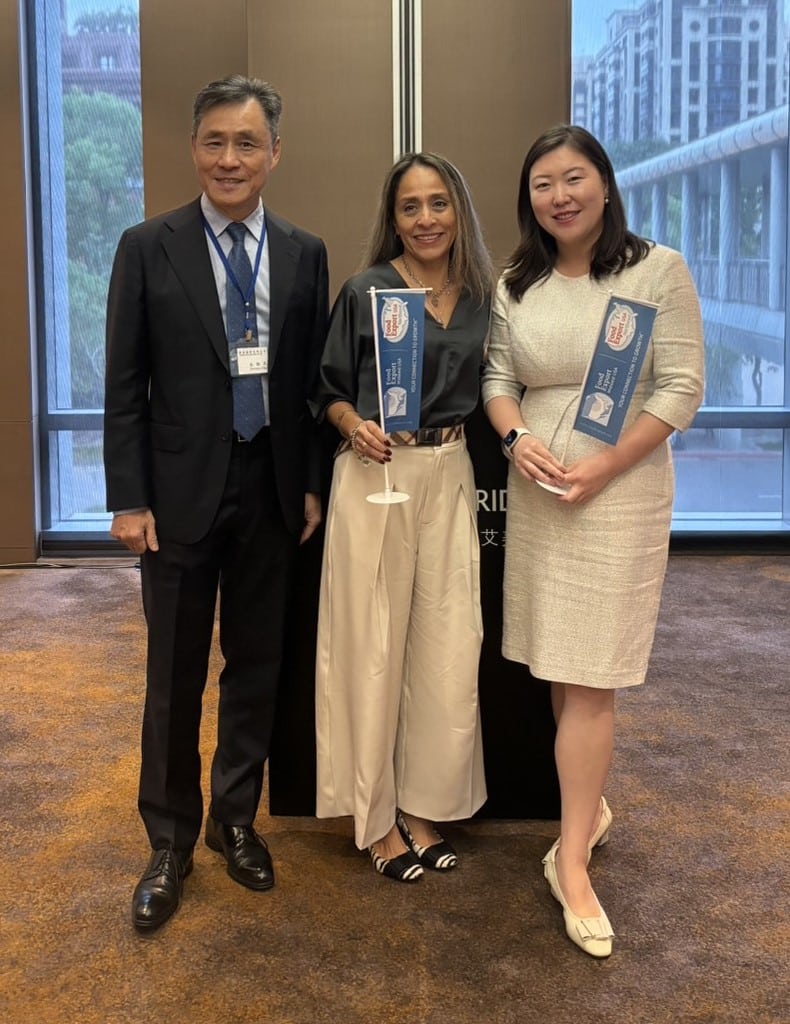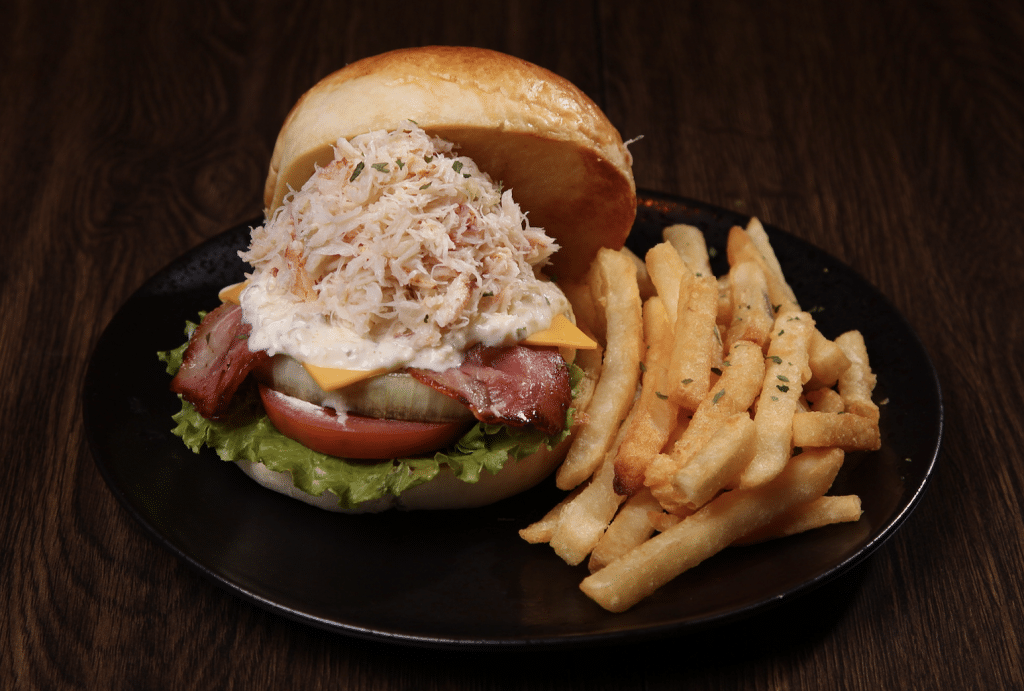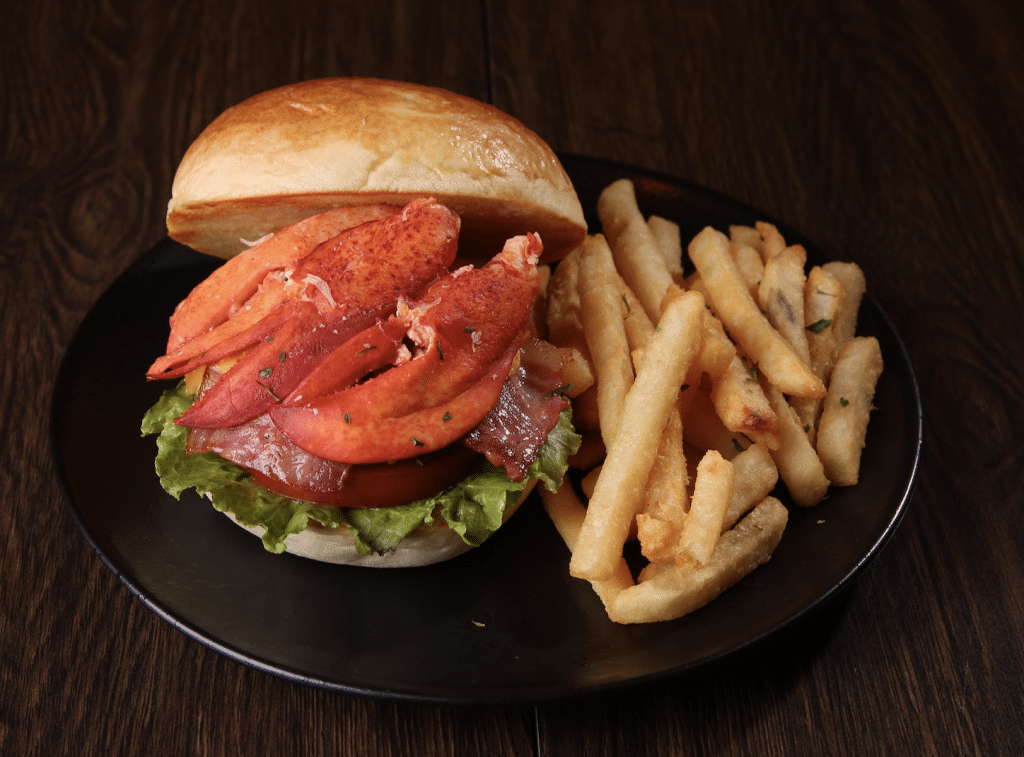Food Export–Northeast checked in with Steven Chu, President of Steven Chu & Associates Co., Ltd., and Food Export’s In-Market Representative for Taiwan, to discuss burgeoning trends in the hotel, restaurant and institution (HRI) sector, Taiwan seafood consumption, and opportunities for Northeast U.S. fish and shellfish suppliers.

Tell us a little bit about yourself. How long have you been serving as Food Export’s In-Market Representative? What’s your favorite Northeast fish or shellfish product?
I have been representing Food Export in Taiwan for over 20 years. My firm has over 30 years of experience in promoting and merchandising consumer-oriented agri-foods and food ingredients from U.S. into the Taiwan market.
My favorite Northeast product is American lobster.
How do you support Food Export–Northeast on seafood sales expansion in Taiwan?
We are able to meet new seafood importers in Taiwan through trade shows and the Foreign Agricultural Service/USDA Agricultural Trade Office in Taiwan. By learning about the characteristics and interests of each importer, we assess which importers might be best to participate in the Seafood Buyers Mission held in Boston each year.
To help importers increase their sales opportunities after attending a Buyers Mission, we actively collaborate with the foodservice sector to look for opportunities to promote Northeast U.S. fish and shellfish through menu promotions. Through various promotional activities, we encourage restaurant operators to develop new menus using seafood from the Northeast U.S., thus expanding the usage of seafood products.
What place does fish and shellfish play in Taiwanese cuisine? To what extent are fish and shellfish eaten at home versus at a foodservice outlet?
Since Taiwan is surrounded by the sea, seafood is widely consumed, whether dining out or cooking at home. Our food culture features a wide array of seafood dishes. Seafood prepared at home is usually part of cooked dishes, while it’s more common to find fish and shellfish in raw and smoked preparations, as well as cooked ones, in restaurants.
Could you talk more about the foodservice side of things? What are some interesting trends in Taiwan? Are there any areas of growth where Northeast seafood products might have particular opportunities?
Seafood restaurants in Taiwan are highly diverse, ranging from casual to high-end. Budget seafood restaurants emphasize locally caught fresh seafood, highlighting freshness and affordability, with the menu based on available catches. Mid-range buffet chains often feature a variety of seafood dishes, including a mix of local and imported seafood, attracting consumers with a wide selection of seafood, especially those types that are hard to prepare at home or are difficult to purchase. Fine-dining restaurants typically offer several seafood-focused dishes, with refined preparations and higher menu prices.
American seafood is associated with pure ocean waters and sustainability in the minds of many Taiwanese consumers. Promotional activities centered around these two themes are likely to attract attention. However, sustainability often comes with higher costs. If the prices of American seafood are significantly higher than those from other regions, it may face competitive challenges, especially in a market where economic growth is not yet robust.
In recent years, the Taiwanese government has actively promoted local culture and ingredients. If Northeast U.S. seafood can be combined with Taiwan’s unique local ingredients to create special recipes, it could generate buzz for American seafood. Furthermore, the Northeast U.S. is known for its distinctive seafood, and emphasizing the origin of these products through promotional campaigns could spark consumer interest.


How can seafood suppliers best support their Taiwanese importers, once established?
Assisting importers with menu promotions is a very effective marketing strategy. By encouraging restaurants to develop new dishes using Northeast U.S. fish and shellfish and promoting these dishes, suppliers stimulate sales of new products. If these items perform well, restaurants may consider adding them to their regular menu, which encourages continuous imports of Northeast U.S. fish and shellfish.
During the promotional period, in addition to boosting sales, educating consumers about the unique features of Northeast U.S. fish and shellfish helps Taiwanese consumers to better understand these products.
The seafood promotion market faces significant price competition, and effectively utilizing Food Export’s Branded Program’s promotional funding to assist importers with such promotions can boost sales and cement long-term importer relationships.
Would you like insight into the Taiwan market customized to you? Consider a 30-minute video consultation with Steven through Food Export’s Virtual Consultation Program. Check out more details here.
Ready to explore the market further but would like some introductions? Steven and his team can schedule you a personalized trade mission for one through Food Export’s Rep Finder service.
Your Connection To Growth®
©2025 Food Export Association of the Midwest USA and Food Export USA–Northeast. All Rights Reserved.
Food Export–Midwest and Food Export–Northeast prohibits discrimination in all its programs and activities on the basis of race, color, national origin, religion, sex, gender identity (including gender expression), sexual orientation, disability, age, marital status, familial/parental status, income derived from a public assistance program, political beliefs, reprisal or retaliation for prior civil rights activity. (Not all bases apply to all programs.) Persons with disabilities who require reasonable accommodations or alternative means of communication for program information (e.g., Braille, large print, audiotape, American Sign Language, etc.) should contact us. Additionally, program information may be made available in languages other than English.
To file a program discrimination complaint, complete the USDA Program Discrimination Complaint Form, AD-3027, found online https://www.ascr.usda.gov/filing-program-discrimination-complaint-usda-customer.
Food Export–Midwest and Food Export–Northeast reserve the right to deny services to any firm or individual which, in the sole opinion of Food Export–Midwest and Food Export–Northeast, does not comply with FAS, MAP or Food Export–Midwest and Food Export–Northeast regulations or policies, or otherwise offer the best opportunity to achieve its mission of increasing food and agricultural exports. Submission of any false or misleading information may be grounds for rejection or subsequent revocation of any application or participation. Food Export–Midwest and Food Export–Northeast are equal opportunity employers and providers.
